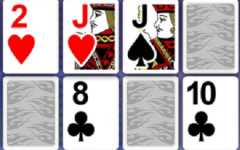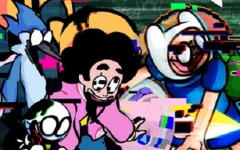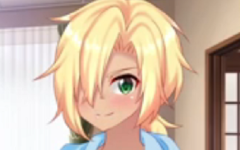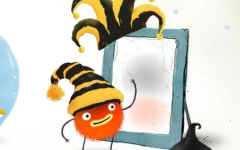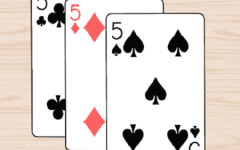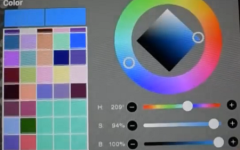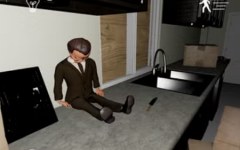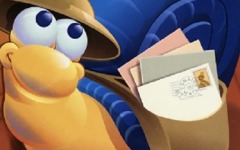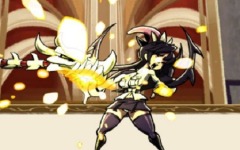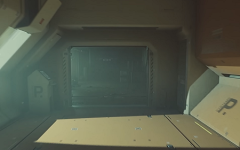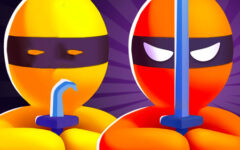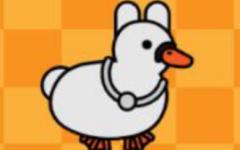Advertisement
Vortella’s Dress Up
Advertisement
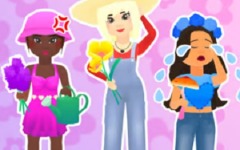
Vortella’s Dress Up is a casual fashion game where the player helps the character Vortella experiment with different outfits, hairstyles, and accessories. The main goal is creativity, as there are no strict win or lose conditions. Instead, the game provides a digital wardrobe filled with clothing options that allow players to design unique looks. This makes it appealing to those who enjoy style-based customization and self-expression.
Gameplay And Mechanics
The game begins with Vortella as a blank canvas, ready to be styled. Players choose from a variety of outfits, mix different tops and bottoms, or select dresses for a complete look. Hairstyles, makeup, and accessories add further detail. Once the outfit is complete, players can save their creations, compare them, or restart to try new combinations. The design system is straightforward but offers a wide range of possibilities.
Key elements in Vortella’s Dress Up include:
- Outfits ranging from casual clothing to formal wear
- Hairstyles in different colors and styles
- Accessories such as hats, jewelry, and bags
- Makeup options for customizing facial appearance
- The ability to save or screenshot completed looks
Progression And Creativity
Unlike competitive games, Vortella’s Dress Up is centered on creativity rather than challenge. Players are free to experiment, combine unusual styles, or recreate specific fashion trends. The sense of progression comes from discovering new items or unlocking hidden clothing pieces, which encourages replay and experimentation. Sharing designs with friends or communities adds another layer of fun and inspiration.
Customization And Replay Value
The replay value lies in the almost endless combinations of clothing and accessories. Because each session can result in a new look, players rarely repeat the same design. Seasonal updates or special themes add more outfits, keeping the wardrobe fresh. This flexibility ensures that the game remains interesting for both short play sessions and long creative marathons.
Vortella’s Dress Up appeals to fashion enthusiasts, younger players who enjoy digital dress-up, and anyone looking for a relaxing game. Its focus on creativity rather than competition makes it accessible to all ages. By giving players freedom to style Vortella in countless ways, the game creates a space for imagination and personal expression, reinforcing why dress-up games remain popular across different audiences.






















































































































